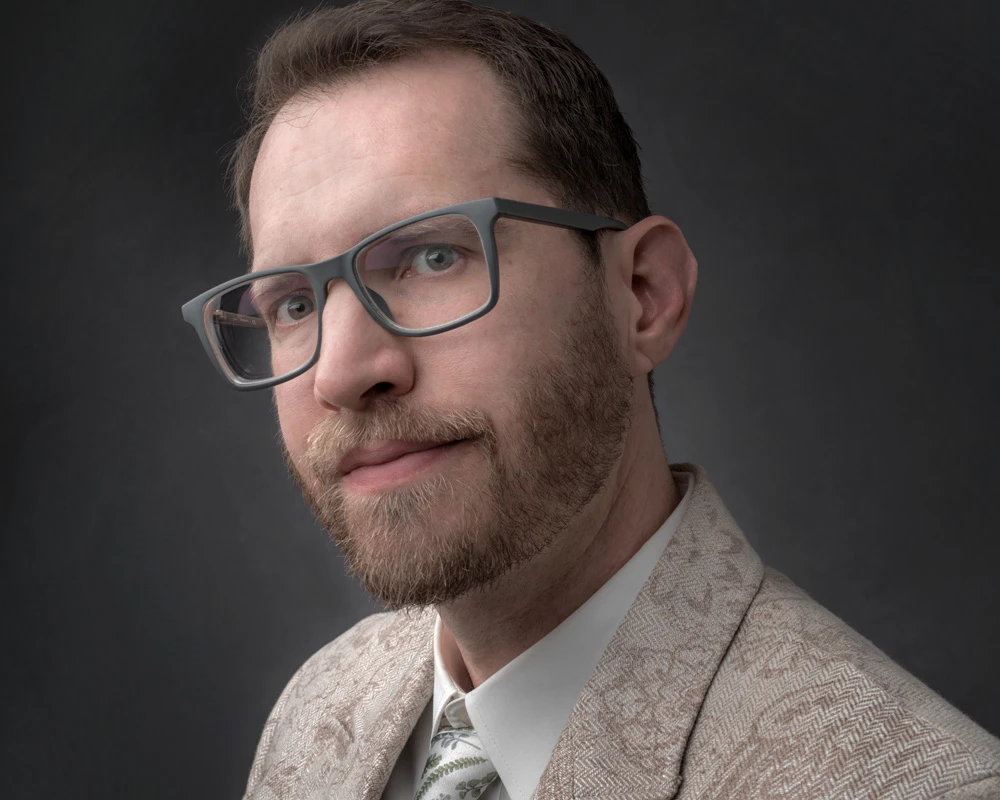
Tyler W. Green
Biography
Tyler W. Green (b. 1985) is an American artist whose work concerns the relationship between humans and the natural world. His photographs confront the tension between human activity and ecological impact, challenging the notion that humans exist apart from nature.
With a background in journalism and data analysis, Green approaches art through both observation and science. This foundation refines his emotional response to environmental crises, allowing his work to bear witness — not only to personal experience, but to what research reveals — communicating complex ideas and provoking earnest reflection.
Concerned with humanity’s dominance over nature, Green examines the altered landscape. Using artificial light and intervening directly within the landscape, his photographs take on a conceptual form, responding to the emotional weight felt while confronting climate change and ecological devastation.
Green extends this dialogue through materials using the photogravure printing process. Using inks crafted from pigments gathered at the very sites he photographs, his prints form a physical bond with the land itself — an echo of what has been lost and a reminder of what remains at stake.
Green has exhibited at the University of New Mexico, Blue Sky Gallery, Ocotillo Arts Center, Corvallis Art Center, Fraction Magazine and internationally at Casa Regis in Italy. He is a 2025 Durham Arts Council Artist Support Grant recipient and, in 2023, received a Fulcrum Fund award from 516 Arts. His news photography has been recognized by the Associated Press, the New Mexico Newspaper Association, and the National Press Photographers Association. Green earned an Associate degree from the Art Institute of Seattle in 2005 and resides in Chapel Hill, North Carolina.
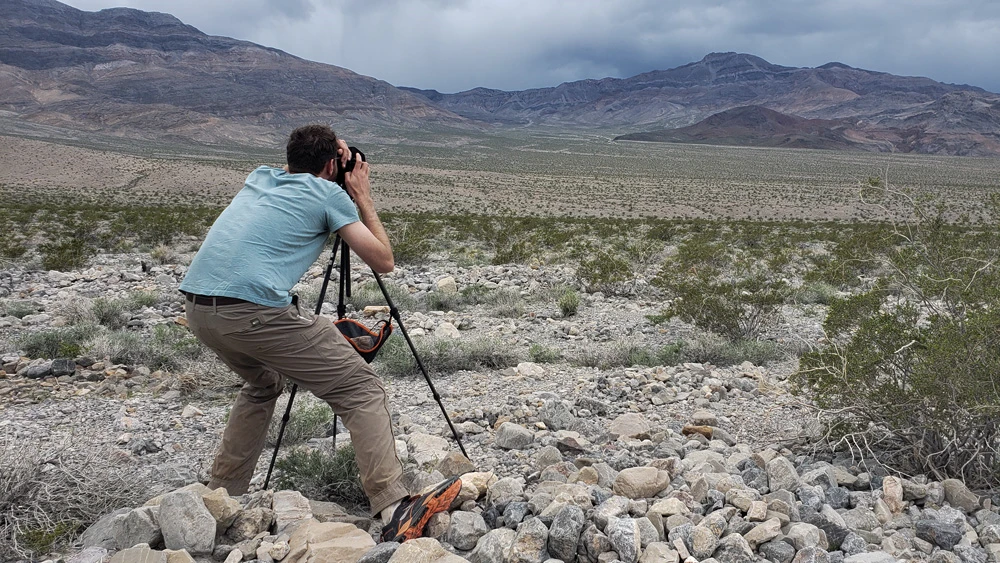
Death Valley National Park
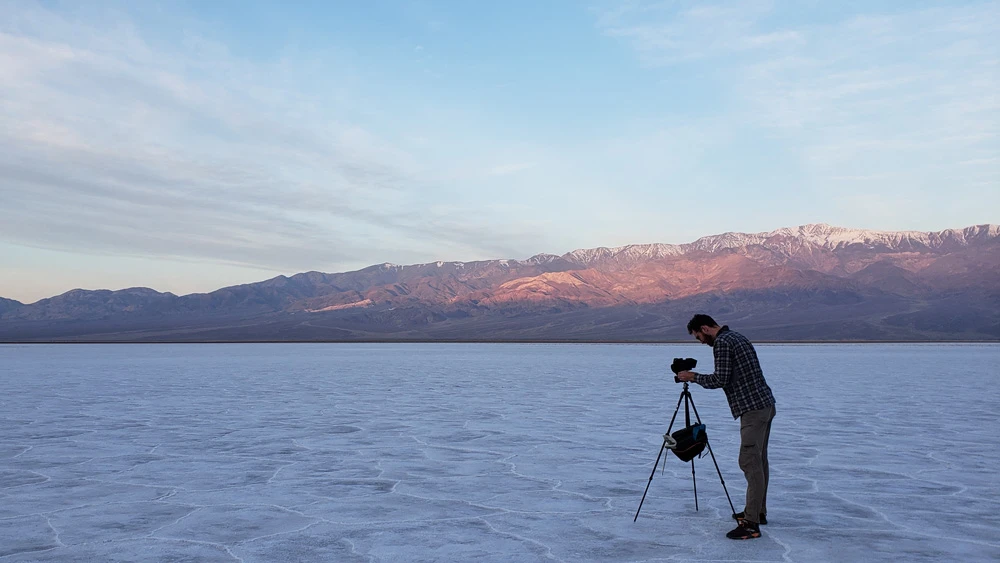
Badwater Basin in Death Valley National Park
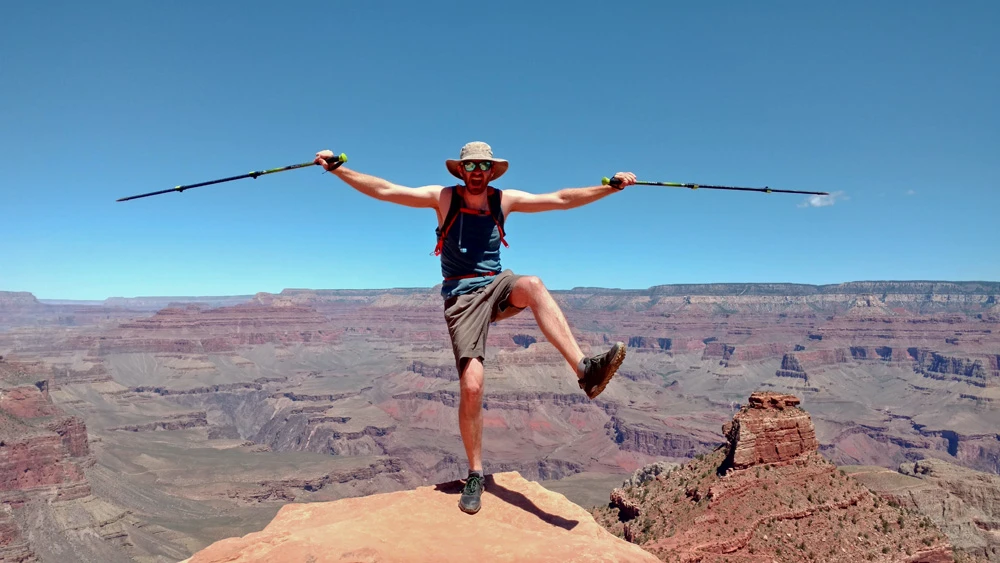
Hiking in the Grand Canyon National Park
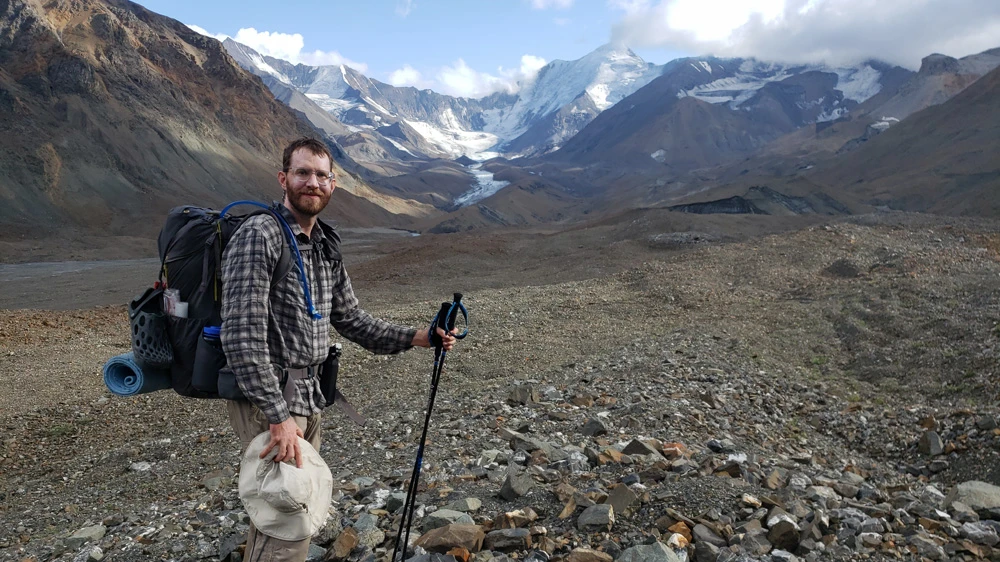
Backpacking in Denali National Park
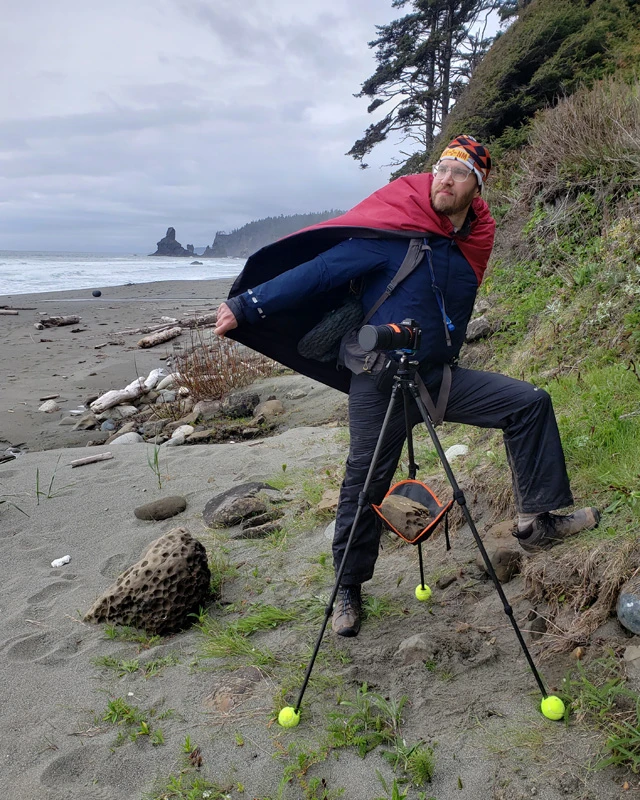
Photographer Man on the Washington coast
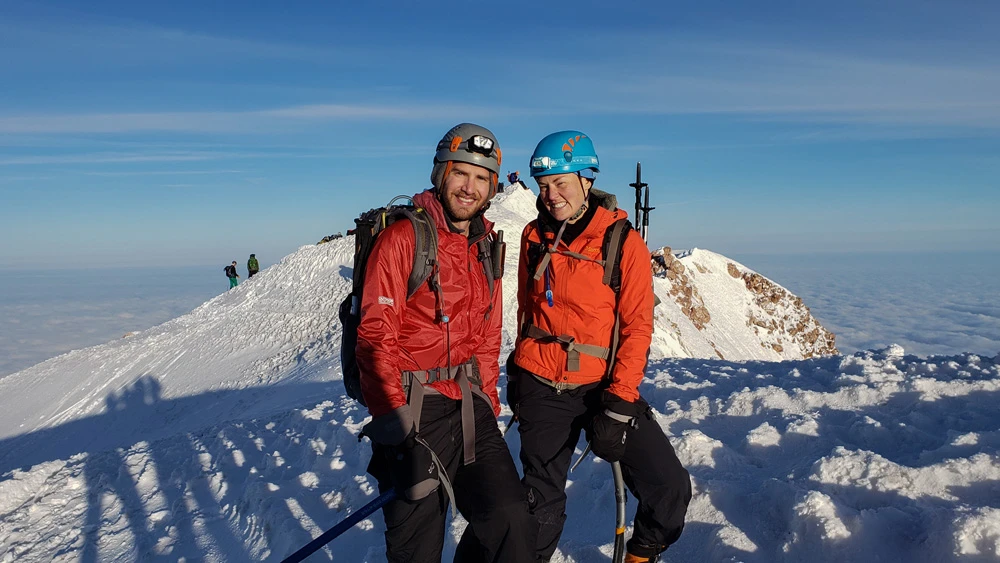
Mount Hood in Oregon
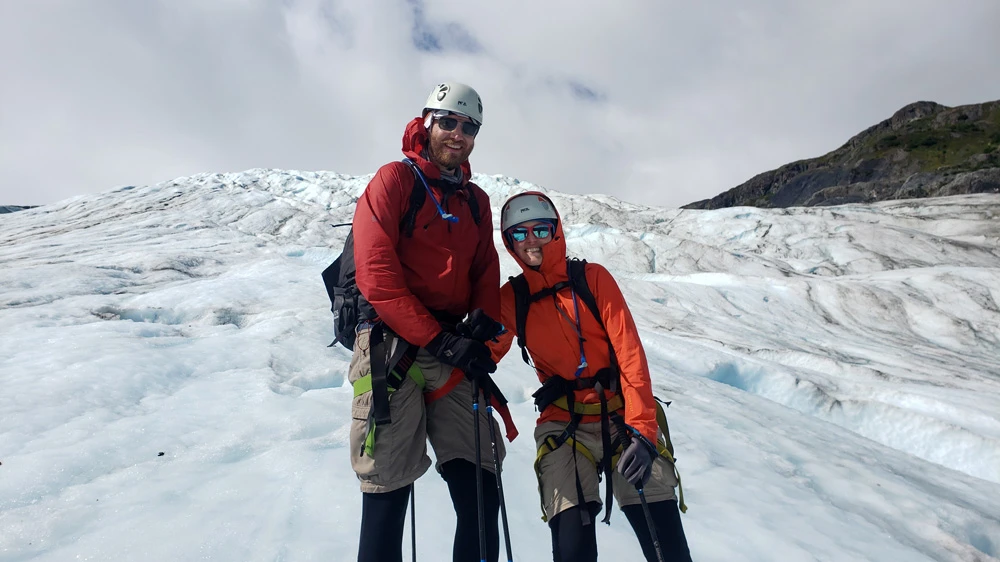
Walking on a glacier in Alaska